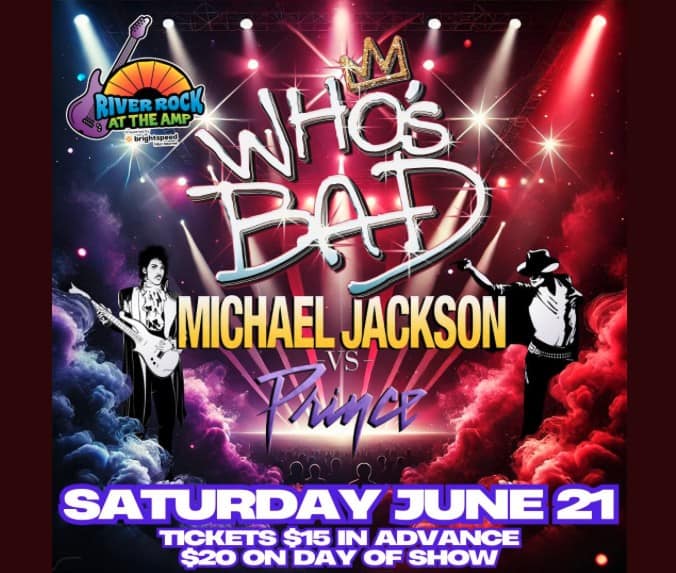
Technological advancements make it more important than ever for people or businesses to protect their intellectual property. Whether you are an author, an artist, or leadership at a business, understanding the ever evolving protection process of copyright or trademark is essential to protecting works and brands and leveraging the same as assets.
Copyright versus trademark – Copyright is a form of protection for “original works of authorship” that exist in some type of “fixed medium,” such as a book, canvas, phonorecord, or retail item. The U.S. Constitution gives Congress the power to “promote the progress of science and useful arts, by securing for limited times to authors and inventors the exclusive right to their respective writings and discoveries.”
An author (also referred to as a creator) would want federal copyright protection to prevent unauthorized use of their work, recover damages caused by unauthorized use, and generate revenue from their work.
Trademarks are different than copyright in that they protect brand identity rather than created content. The U.S. Patent and Trademark Office defines trademark as “a word, phrase, symbol, and/or design that identifies and distinguishes the source of the goods of one party from those of others…[or] source of a service rather than goods.”
Individuals or businesses would want a trademark to ensure their products or services are clearly associated with them.
Copyright-application process – An author (or multiple authors) can request initial federal copyright protection by submitting one of five forms to the U.S. Copyright Office. Each form has specific information about when to use the respective form. The initial forms include:
- Literary: Form TX;
- Visual: Form VA;
- Single Serials (like newspapers, annuals, etc.): Form SE;
- Performing Arts: Form PA; and
- Sound Recording: Form SR.
The author listed on these forms will establish an online profile with the Electronic Copyright Office (eCO) Registration System in order to file the appropriate form online.
Before starting this process, the author should ensure copies of the work are prepared for deposit (meaning prepared to be submitted to the Copyright Office) and have gathered all permissions related to the work (think licenses or agreements). Finally, the author should determine whether they will be registering unpublished or published works and identify any fees owed to the Copyright Office.
Trademark-application process – Federal trademark protection starts with the USPTO. Once an applicant creates an account at USPTO.gov…, there are several options to file for trademark, depending on how and what they want to file. There are many resources on the USPTO website that guide applicants to the correct forms for their circumstances, including this article which walks through the steps of the trademark process.
Each respective application consists of its own filing and fee requirements. The applicant must be prepared with the file of the mark and examples of the mark being used. Finally, the applicant must determine whether to file an intent-to-use application or a current-use application – these are the equivalent of unpublished or published works for copyright.
Copyright and trademark in the .com era – Court decisions, and decisions by the Review Board of the U.S. Copyright Office constantly change what is considered protected. Those decisions may be helpful for individuals and businesses to be aware of when seeking protections.
For example, the May 8, 2019 adidas AG decision by the Review Board of the U.S. Copyright Office expounded upon copyright protections to designs of “useful articles,” like clothing or household appliances.
This decision allowed adidas AG to register two copyright claims on the “iconic low-top sneaker by Kanye West” – Yeezy Boost 350 Version 1 and Yeezy Boost 350 Version 2, sneakers with artwork that consist of lines and shapes. In this review, the Board decided that the artwork on the sneakers qualified as 2D or 3D artwork eligible for protection. It also decided the pattern, though made up of just lines and shapes, was original enough for copyright protection because of the creative manner in which the lines and shapes were arranged.
Authors should be aware of this decision because it allows them to consider seeking copyright protections for works that may typically be assumed to be protected only by patent or have no protection. And, authors should consider how they create when compiling or arranging noncopyrightable items (e.g. facts or standard shapes) to increase the ability to protect the creation.
Another recent decision, this time from the U.S. Supreme Court, made room for generic terms to be eligible for trademark registration (think branding sneakers “sneakers” or televisions “TVs”).
On June 30, 2020, in United States Patent and Trademark Office v. Booking.com… B.V., the Supreme Court affirmed that the company name “Booking.com” was eligible for federal trademark protection. Importantly, the Court decided that “the relevant meaning of a term is its meaning to consumers.”
As a result of this decision, applicants should determine whether perceived “generic” terms might be eligible for registration. They should also consider whether generic components such as a “.com” or “hashtag (#)” can be developed in a way that would allow them to obtain federal trademark registration.’
How an attorney can help – Copyright and trademark laws are always evolving and responding to the age in which we live. What is eligible for protection may have expanded since a creator last tried to file for protection. An attorney can explain how you can use decisions in cases like the above in order to determine how best to file your work – or even how to create it – so you can receive trademark or copyright protection.
 About the author – Stefan T.E. Thomas is a director at Thomas Ingram Law Group in Columbus. His primary areas of practice include domestic and international business, litigation and arts and entertainment. As a university professor, Thomas engages his students in contract law, copyright and the transformative landscape of the music industry. You can learn more about Thomas in his OSBA Member Spotlight.
About the author – Stefan T.E. Thomas is a director at Thomas Ingram Law Group in Columbus. His primary areas of practice include domestic and international business, litigation and arts and entertainment. As a university professor, Thomas engages his students in contract law, copyright and the transformative landscape of the music industry. You can learn more about Thomas in his OSBA Member Spotlight.
Articles appearing in this column are intended to provide broad, general information about the law. This article is not intended to be legal advice. Before applying this information to a specific legal problem, readers are urged to seek advice from a licensed attorney.
Metro Monthly is a local news and events magazine based in Youngstown, Ohio. We circulate throughout the Mahoning Valley and offer print and online editions. Be sure to visit our publication’s website for news, features, and community events. Office: 330-259-0435.
© 2021 Metro Monthly. All rights reserved.




